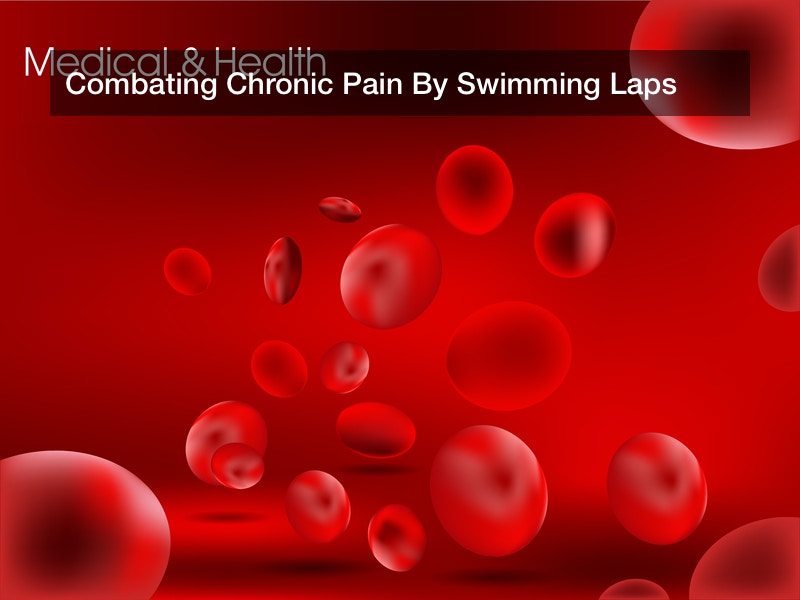
An estimated 7.5 million people in the United States have psoriasis, a chronic condition that is caused when skin cells divide too quickly. A number of symptoms are associated with this common problem, including thick red or scaly patches on the skin and even inflammatory arthritis. However, another, less often discussed consequence of the disorder is the cost of treating it: a new study reports that psoriasis may be costing the U.S. billions of dollars a year.
In a review led by Dr. Elizabeth Brezinski of the University of California, Davis, Sacramento, researchers analyzed 22 studies on the costs associated with psoriasis. According to their study, published in JAMA Dermatology on January 7, the direct expenses related to psoriasis range from $52 to $63 billion a year. However, this number refers only to the prices of medication and treatments: other costs, derived from related conditions, lost work and more, exceed $50 billion.
These high estimates are likely due to psoriasis’ status as a chronic condition, as well as the fact that there is no permanent cure or treatment. The methods used include over-the-counter moisturizers to prevent cracking, ultraviolet light therapy, medications, biologic drugs which target the immune system, and other options. Unfortunately, none of these treatments deliver effective results for all patients, and they are also extremely expensive: in an interview with NPR, patient Todd Bellos said that one biologic medication cost as much as $25,000 over five years, a prospect he argued would be impossible for patients without health insurance. Since his diagnosis in 1992, Bello has undergone a variety of different treatments, none of which has had long-term results. The treatments have also had some dangerous side effects, such as an increased risk of brain infections and kidney problems.
And yet going without these treatments is rarely an option. Psoriasis is both physically uncomfortable and embarrassing, causing the skin to crack and bleed or form in patches that can make others squeamish. In his interview, Bello spoke about how he had to retire on disability when his symptoms worsened, and mentioned being asked to leave a hair salon due to the appearance of his skin. To make matters worse, psoriasis is also associated with several other conditions, including heart disease and depression.
Fortunately, research on the disorder may have revealed a solution: several pharmaceutical companies are currently testing drugs that target a molecule in the immune system, interleukin 17, which has been linked to the inflammation associated with psoriasis. Until this product or another is revealed to be successful, however, the U.S. will continue to spend billions of dollars on this surprisingly expensive and harmful disease.



